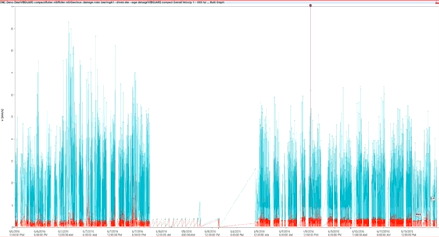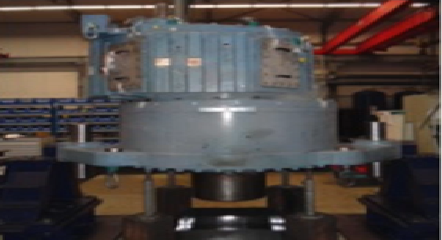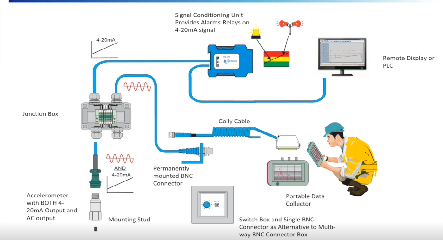Accelerometers with lower mean time between failures (MTBF) values result in higher costs for permanently installed vibration sensor applications – as much as $60 per vibration sensor. By taking the MTBF and manufacturing quality into account when making an accelerometer purchase, you can achieve lower overall program costs.
MTBF Rates Translate to Expected Costs
To give some idea of the relative cost differences due to various MTBF rates, we will use an example installation of 300 accelerometers with a program “life” of 20 years, a common period used for depreciation of capital equipment.
There are two acceptable methods for calculating the MTBF of an accelerometer, which can be found in Appendix A. For this example, we will use the field-failure MTBF calculation.
Assumptions
· Each time an accelerometer fails, it takes a total of one man-hour to isolate the failure, replace the accelerometer, and perform all the tasks necessary to return the unit for a warranty replacement. Appendix B provides an example of this process.
· The fully burdened cost of replacement time is $50 per hour. This assumption is quite conservative since most companies have fully burdened rates that are in the $70 to $80 range.
· We will consider infant mortality (IM) as occurring every Nth sensor, where N = 1/IM%. Therefore, a 5% IM rate means that for every 20 new accelerometers 1 will fail. Appendix C explains infant mortality in accelerometers.
· Each time the total exposure of accelerometers reaches the MTBF, one accelerometer will fail. Appendix D details the causes of accelerometer failures.
· The “lifetime cost” is the additional cost per accelerometer that accrues after the sensors are bought, not including the original purchase price.
· All accelerometers are replaced for zero cost. This is equivalent to having accelerometers with a “lifetime warranty” against failures.
A spreadsheet example is illustrated here.
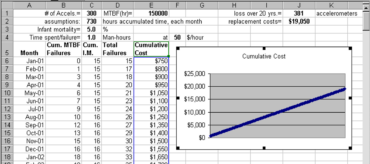
Example Project 1 – Low Quality
In the first example project, we calculate replacement costs based on a 5% IM rate and a 150,000-hour (17-year) field-failure MTBF. This is comparable to what would be experienced with low-quality accelerometers. The total lifetime cost to the project owner, after purchasing the accelerometers, would be $19,050.
Example Project 2 – Moderate Quality
In the second example project, we calculate replacement costs based on a 2% IM rate and a 500,000-hour (57-year) field-failure MTBF. The results indicate a 20-year lifetime cost of $5,600.
Example Project 3 – High Quality
In the third example project, we calculate replacement costs based on an IM rate of 0.3% and a field-failure MTBF of 2,000,000 hours (228 years), as expected for high-quality accelerometers. The total lifetime cost of the program would be $1,350.

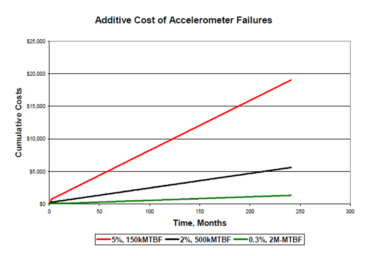
Table 1 summarizes the cumulative costs over twenty years. The example does not account for the time value of money or the effects of inflation. Those rates would have to be applied to all numbers.
The lowest quality accelerometers result in a 20-year lifetime cost of $19,050 for identifying and replacing failed accelerometers. Compared to the lifetime costs of $1,350 for the highest quality accelerometers, the additional expense of purchasing low-quality sensors is $17,700. Stated differently, this adds $59 to the cost of each of the 300 low-quality accelerometers purchased. (The model does not account for the long-term aggravation of having to replace almost 400 sensors over 20 years.)
The moderate-quality accelerometers result in a 20-year lifetime cost of $5,600. Compared to the lifetime costs of high-quality accelerometers, the additional cost of purchasing moderate-quality accelerometers is $4,200 or $14 per sensor. Ultimately, choosing a higher quality, potentially higher-priced sensor up front can help save time, money, and patience in the long run.





